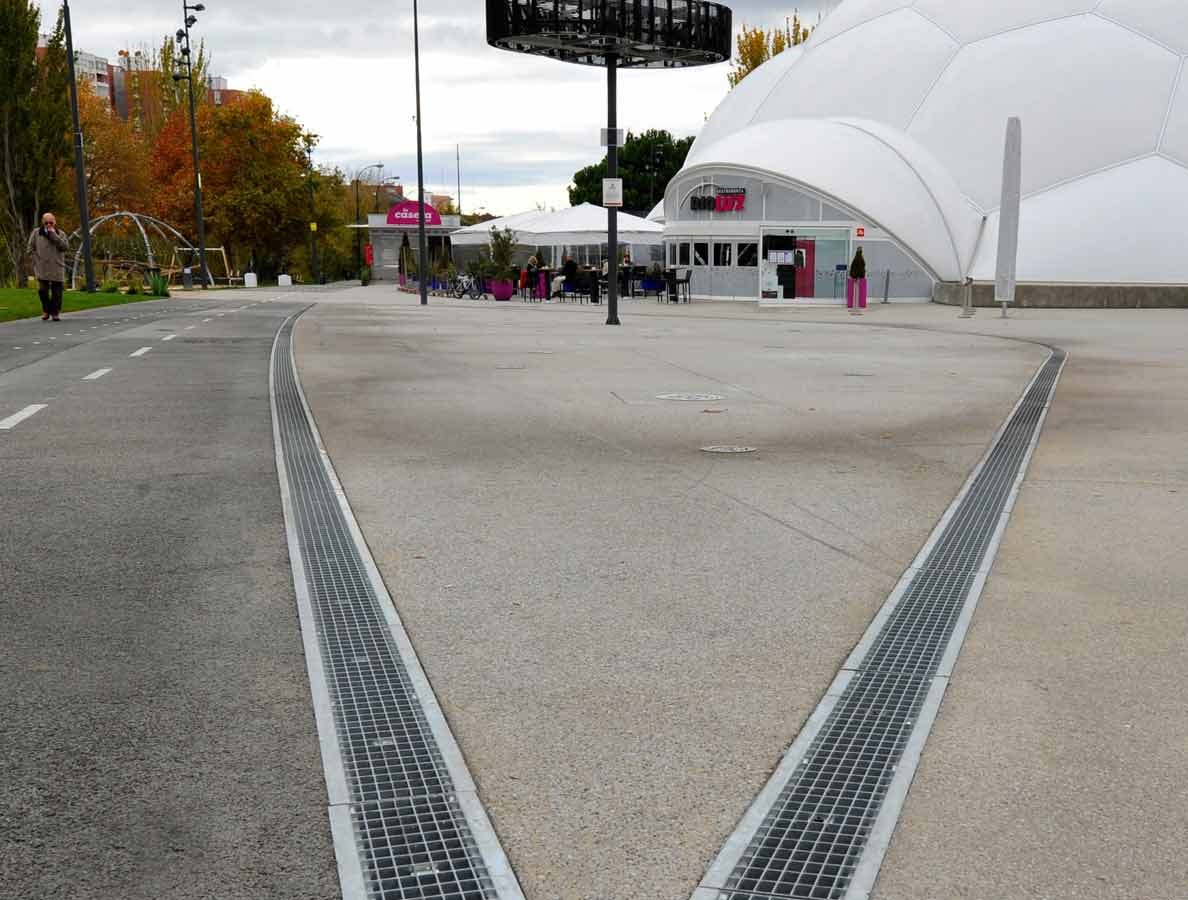Drainage Channels For Public Infrastructure: Balancing Durability And Cost Efficiency
Having an effective drainage system is critical in public infrastructure, especially in areas with high traffic like parks, streets, etc. The design of the drainage channel is important to manage the runoff, reduce flooding risks, and increase the overall longevity of infrastructure. Balancing durability and cost-efficiency in these drainage systems is necessary for municipalities and contractors as they have to maintain the infrastructure in the long run. In this article, we will understand the importance of durable and cost-effective drainage channels and go through the materials and design considerations for developing them.


Importance Of Durable Drainage Channels In Public Infrastructure
The drainage system in parks, streets, and other public spaces goes through heavy wear and tear over time. There is high traffic and unexpected weather conditions. It is necessary to manage the water from storms, rainfalls, and snow melts to avoid water logging which can lead to structural damage and other severe consequences. Here are some ways in which durable channels protect public spaces.
- Prevents Flooding: Proper drainage reduces the risk of urban flooding, which can disrupt transportation and cause economic losses.
- Protects Infrastructure: Drainage channels prevent waterlogging which can erode surfaces, damage road foundations, and weaken all the structures.
- Proper Public Safety: Water on streets or walkways can lead to accidents and hazards. Drainage systems offer safer public environments by managing surface water effectively.
Material For Durable And Cost-Effective Drainage Channels
The choice of material has an impact on the budget and durability of the public drainage channels. Here are some common materials that are used in them.
1.Concrete Channels
Concrete is a popular material that is used for drainage systems for its strength and durability. It is resistant to high volumes of water which makes it suitable for urban roads and heavy traffic areas. Precast concrete channels also offer installation efficiency.
2.Polymer Concrete Channels
The material is highly durable and resistant to several chemicals. It is ideal for heavy traffic and has high resistance against harsh weather conditions. It is ideal for environments exposed to corrosive substances like industrial zones. Also, its smooth surface improves water flow and reduces blockages which further leads to minimal maintenance.
3.PVC Or Reinforced Plastic
When it comes to light-duty applications, PVC or reinforced drainage channels can offer the right amount of durability with excellent affordability. They are pretty easy to install and resistant to many chemicals.
4.Ductile Iron
The material is known for its strength and flexibility. It is resistant to deformation under heavy loads, making it suitable for areas with vehicle traffic. It has high resistance against corrosion and is often used for grates for higher safety and longevity.
Design Practices For Proper Drainage Systems
Load-Bearing Capacity
Drainage channels in areas with heavy traffic need higher load resistance. Channels installed on highways, airports, or urban streets require strong materials like concrete or polymer concrete to handle the pressure from vehicles.
Hydraulic Efficiency
It is necessary to create a proper channel design that makes sure that the water flows smoothly. It prevents water blockages and overflow. Hydraulic efficiency is achieved by selecting the right slope and width of channels to manage the varying water volumes in public spaces.
Climate Resilience
The drainage channel infrastructure should be able to withstand extreme weather events such as heavy rainfall, snow, etc. Channels with durable materials prevent water accumulation and structural damage during harsh weather conditions.
The Bottom Line
It is necessary to achieve the right balance between durability and cost-efficiency for proper drainage systems in public spaces. It requires careful planning, material selection, and regular maintenance. By adopting the best practices, cities can build resilient drainage systems that support future development and withstand the challenges of climate change.








